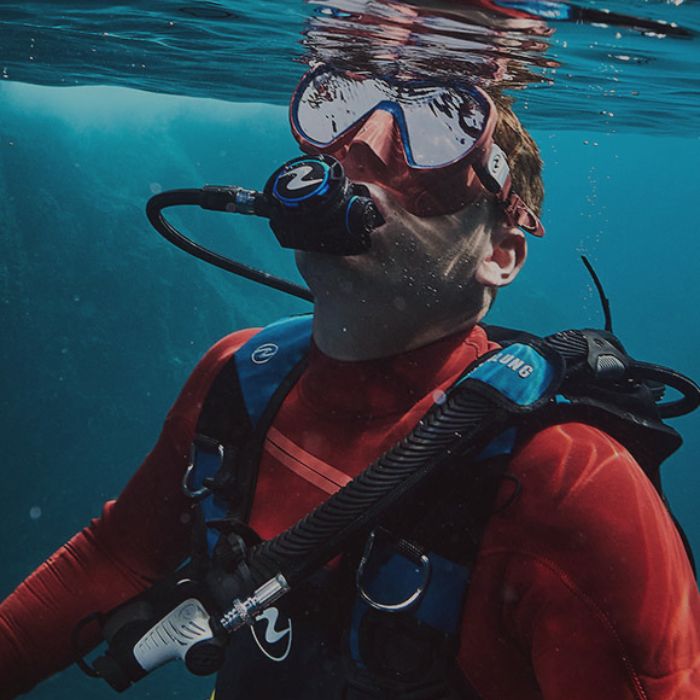How to care for your dive BCD?
Your BCD (Buoyancy Control Device) is one of the most essential pieces of equipment of your scuba diving kit. It ensures your safety both underwater and at the surface. To maintain its performance, comfort, and longevity, proper care and maintenance are key.
In this guide, we’ll walk you through the key steps and tips to keep your BC in optimal condition for years to come.
Your dive BCD allows you to control your buoyancy, helping you stay neutrally buoyant and easily explore the underwater. But salt, chlorine, UV rays and debris can lead to tear and malfunction such as uncontrolled ascents for example.
Regular maintenance prevents breakdowns, extends the lifespan of your gear, and ensures every dive is safe and enjoyable. Plus, it saves you from costly repairs or premature replacement.
Still looking for the right BCD?
Check out our guide on How to choose your dive BCD to find the best match!
Reminder
Regular care and maintenance of your BCD are just as important as choosing the right one. By following these expert tips, your dive gear will remain in excellent working conditions for the long run.
Remember: a well-maintained dive BCD means safer and more enjoyable dive experience.
Enjoyed this article? Check out our guide on How to care for you dive regulator.


